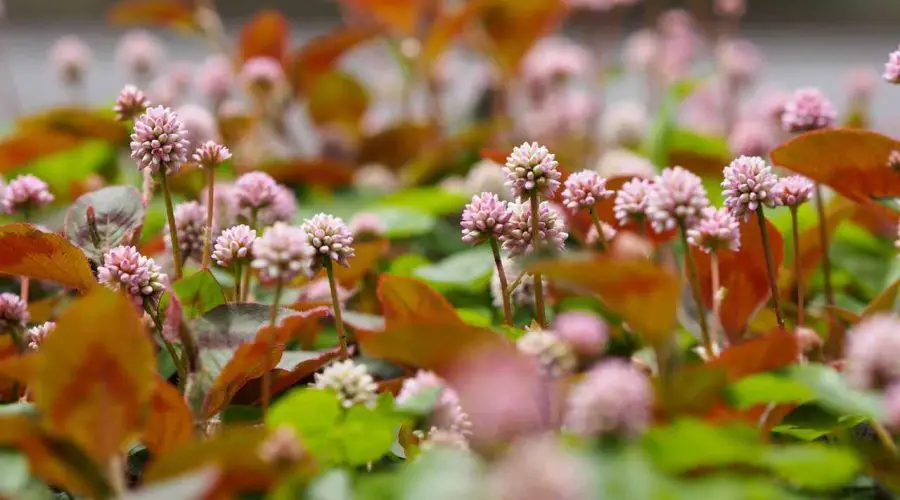All You Need to Know about “Pinkhead Knotweed Plants”
Article Rating
☆☆☆☆☆ 3.8/5
Some gardeners regard pinkhead knotweed (Polygonum capitatum or Persicaria capitata) to be a great low-growing groundcover. Others refer to them as invasive species. Information about Pinkhead knotweed reveals that the plant is prohibited in England and deemed invasive in California. This is due to its propensity to spread where it is not welcome. So, should you cultivate pinkhead knotweed, or can you? Continue reading for more information on pink knotweed.
What is the Pink knotweed?
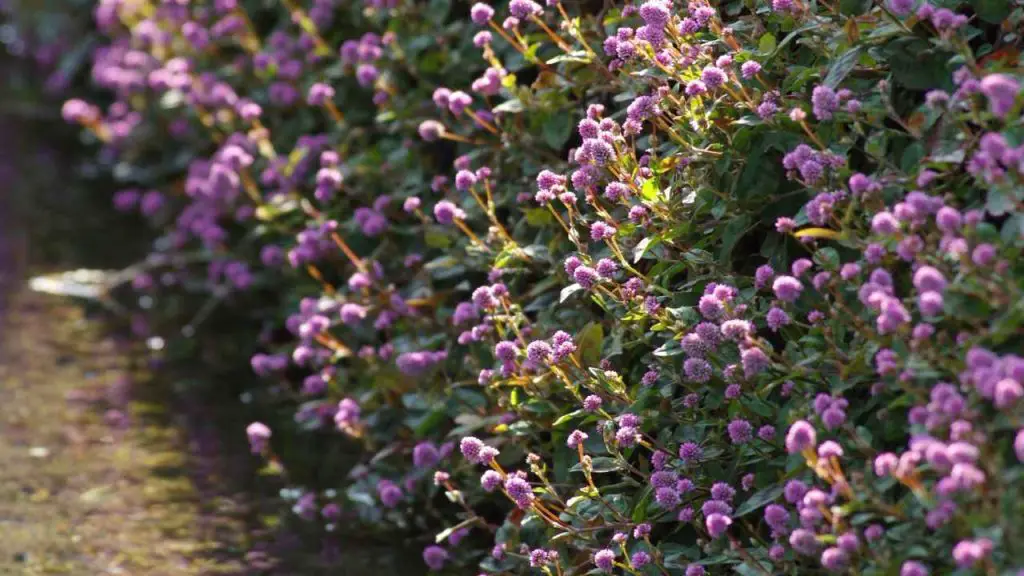
It is a robust plant that stays under 6 inches (15 cm) tall yet grows up to 5 feet (152.4 cm) horizontally (1.5 m.). It thrives in practically any type of soil, including dry and sandy soil, and grows in both full sun and partial shade in USDA hardiness zones 8 through 11.
The pinkhead knotweed plant’s lance-shaped leaves are between 2 and 11 inches (5-28 cm) long, with dark crimson margins and burgundy chevrons. The leaves grow on crimson stems that are prostrate and root at the nodes. In temperate locations, the leaves are evergreen and remain on the plant throughout the year.
The pinkhead knotweed blooms, each measuring approximately 2 inches (5 cm) in length, bloom from April until the first frost. Above the foliage, they cluster in globe-shaped flower spikes.
Pinkhead knotwood is a cousin of Japanese knotweed, although it lacks the exotic elegance of Japanese knotwood, it nevertheless makes an attractive backyard groundcover.
Where Can Pinkhead Knotweed Be Grown?
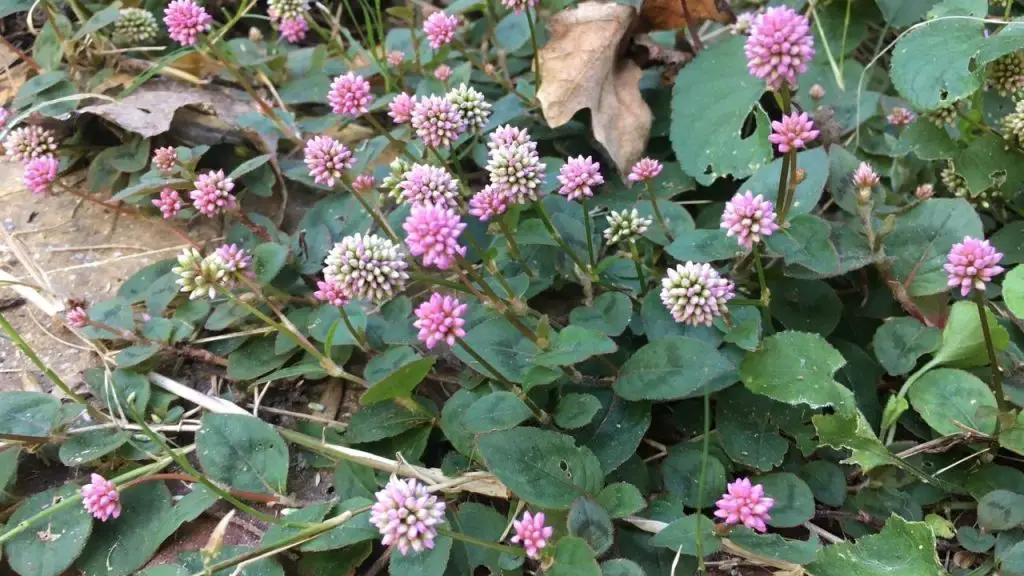
Pinkhead knotweed’s function as a groundcover is merely one of its many possible applications for individuals who choose to cultivate the plant. Additionally, pinkhead knotweed can be used in potted arrangements, baskets, and as a border. The plant is particularly beautiful in raised beds or pots where it can cascade over the sides (and control its spread).
Plants of pinkhead knotweed are simple to cultivate in a garden or backyard. If you are in a place with a lengthy growing season, sow the seeds outdoors in weed-free soil once frost danger has gone. In regions with limited growth seasons, they should be started indoors.
Fill tiny containers with high-quality potting soil. Wet the earth and press the seeds into it. Maintain soil moisture until the seeds sprout. If started inside, the young plants should be hardened off for at least 10 days before being transplanted outside.
How Much Water Should pinkhead knotweed Get?
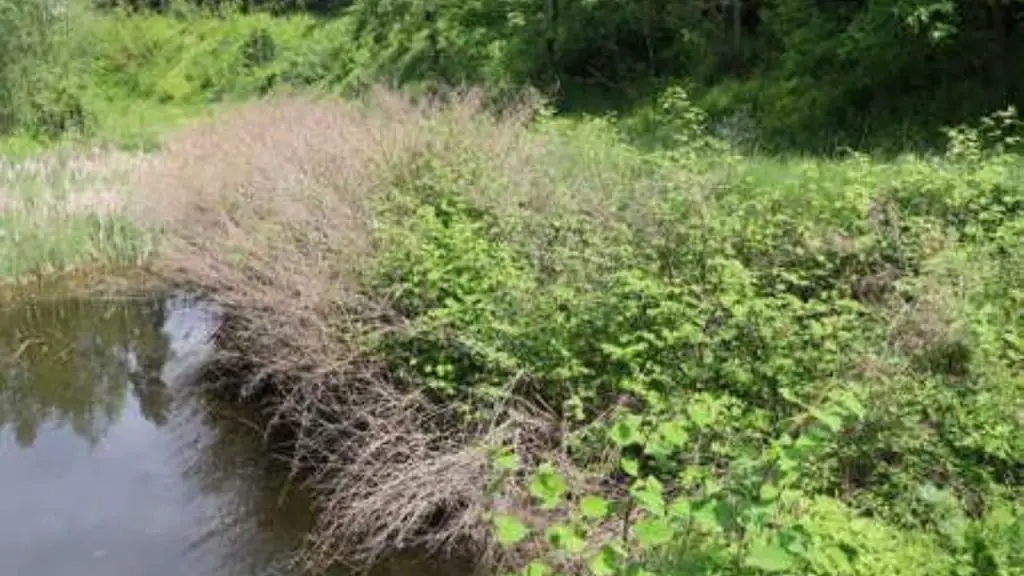
When it is time to water Pink knotweed, you should not be stingy with the amount of water you provide. When the top two to three inches of soil are dry, this plant will benefit from a prolonged and complete watering. Provide enough water to completely saturate the soil. The amount of water added should cause excess water to drain down the drainage holes at the bottom of the container. If you do not observe excess water flowing from the container, your plant is likely under-watered. However, do not allow water to build in the soil, since this would be extremely harmful to the plant. Alternately, a lack of water draining through the container may suggest poorly draining soils, which are harmful to this plant’s health and should be avoided. If the plant is located outside, 1 inch of precipitation per week will suffice.
How Should You Water pinkhead knotweed at Various Growth Stages?
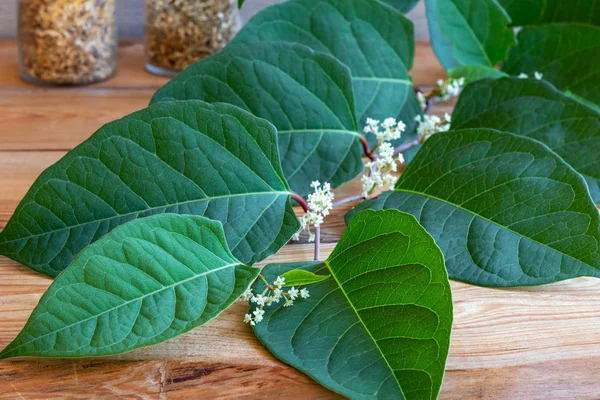
Pinkhead knotweed’s water requirements might vary based on its growth stage. If your Pinkhead knotweed is in its first few years of life or if you have recently transplanted it to a new place, you will need to water it more than usual. During each of these periods, your Pinkhead knotweed will devote a great deal of energy to producing new roots, which will subsequently serve as the foundation for future growth. For these roots to function well, they require slightly more moisture than they would at a later maturity stage. After a few growing seasons, your Pinkhead knotweed will require significantly less water. This plant may also require additional water during the blooming stage. The development of flowers can require a substantial amount of moisture, so you may need to water your Pinkhead knotweed more now.
Should Pinkhead knotweed be pruned?
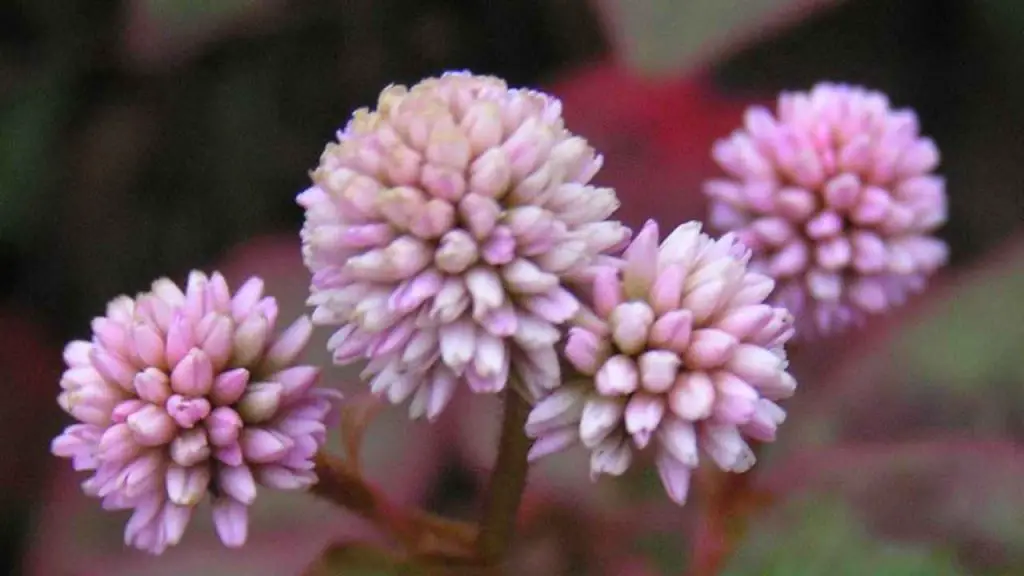
Regular pruning will actually help Pinkhead knotweed to produce more flowers, as opposed to harming the plant.
There are two major techniques for pruning Pink knotweed. The first is deadheading, which is the word used in horticulture to describe the removal of wasted flower heads once they begin to wilt. This concentrates the nutrients for the remaining blooms, allowing the plant to flower more effectively.
The final step in trimming Pinkhead knotweed is the removal of yellow and damaged leaves, which improves plant ventilation, light penetration, and growth.
Pinkhead knotweed will bloom once, develop seed heads, and attempt to reproduce for the remainder of the year if left to its own devices. However, by continuously removing flower heads before they produce seeds, you will stimulate the plant to produce more blooms for a longer period of time. When the plant begins to wilt during the full moon, you must also trim the wilted portion above the soil.
Frequently Asked Questions
1. Is pink knotweed the same as Japanese knotweed?
Persicaria capitata and Japanese Knotweed are related. It belongs to the Polygonaceae family of ornamentals. Pink Knotweed, a member of the Buckwheat family, is also known as Pennsylvania smartweed in North America.
2. What are the uses of pink knotweed?
The knotweed is a plant. The entire flowering plant is utilised for medicinal purposes. Knotweed is claimed to treat inflammation of the lung’s main airways, cough, sore throat, a moderate type of gum disease, and other diseases, however there is no solid scientific evidence to support these uses.
3. Can knotweed be killed?
Pinkhead knotweed (Polygonum capitatum or Persicaria capitata) is considered by some gardeners to be an excellent low-growing groundcover. They are referred to be invasive species by others.
4. What are the benefits of knotweed plant?
The entire flowering plant is utilised for medicinal purposes. Knotweed is used to treat bronchitis, cough, gum disease (gingivitis), as well as mouth and throat soreness. Additionally, it is used to treat lung problems, skin conditions, and fluid retention.

